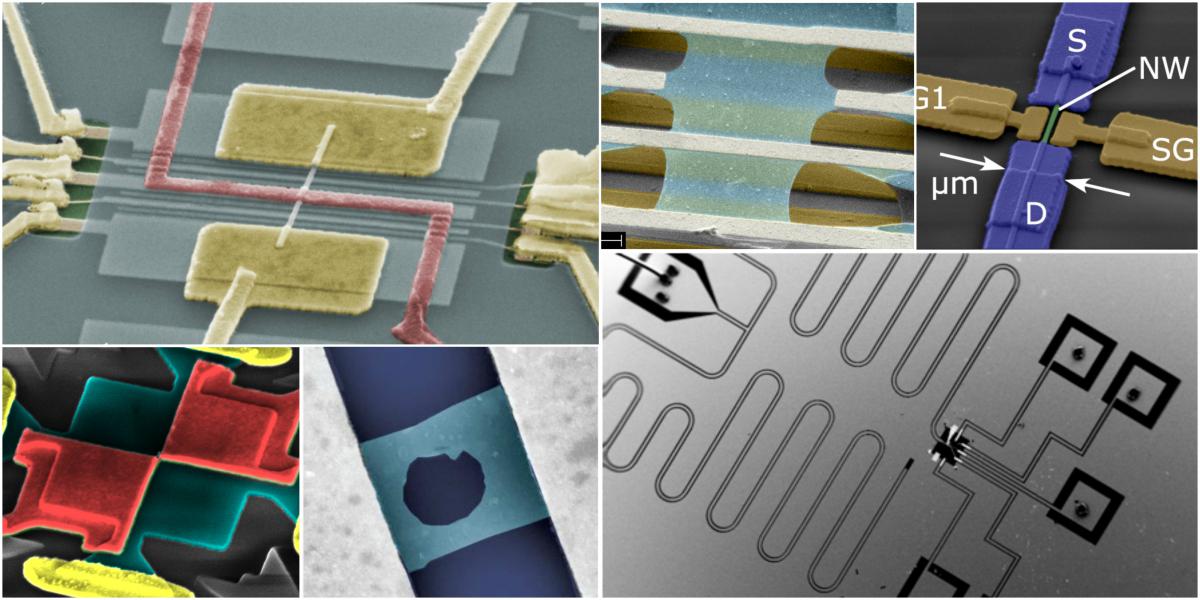Nano Electronics and New Nano Memories (PhD in Nano _ Microelectronics)
Researcher and author: Dr. ( Afshin Rashid)
Note: Nanoelectronics has a new approach in the electronics industry in the field of new types of circuits, processors, data storage methods and even new methods of optoelectronics to transmit information.
When building a computer or any other electronic device, it is important to accumulate and store information on a temporary or long-term basis. Information is stored in pieces of memory, and hence different types of magnetic brain memory have been used since the beginning. In fact, the increase in memory capacity - that is, the amount of information that can be stored in a given volume of space - has accelerated even faster than the Moore's curve for transistor density .Hard disk memories rely on the magnetic base, information is stored in magnetic polarization on a disk and read or written by a special head (tip) by rotating the disk. The phenomenon at work here is called giant magnetic resistance, which refers to the effect of magnetic fields on electrical resistance. Depending on the magnetic polarization (whether the information bit is one or zero), the electric currents recorded in the reading head will vary.
By using nanostructures, the size of memory bits can be substantially reduced, thereby increasing the density and efficiency of magnetic memory and lowering its cost and cost. Nanotechnology methods are now being used to provide some very powerful memories. Science and technology offer different memory nanomaterials. Photofraction materials, for example, represent only one type of optical memory. CDs and DVDs that go to record music and movies are themselves a type of optical technology that can be read using a laser. In fact, using nanomaterial technology can increase data storage capacity by a thousand times or more. Information storage is a very important and necessary topic that can be done in different ways.Conventional magnetic and optical memories are mostly two-dimensional and are based on a flat surface. Memories such as full-memory and light-breaking memories are based on the interaction of light and matter. In such memories, information is stored by changing molecular states with intense laser fields. Lasers are used to write information into memory, that is, information that can be changed by more intense laser radiation or can be read in less intense light. One of the most striking advantages of such optical nanostructures is that they can exist in three dimensions, because not only the surface but also the body of the material is read. This can lead to higher performance and storage capacity in optical memory.Nanoelectronics is a new approach in the electronics industry in the field of new types of circuits, processors, data storage methods and even new methods of optoelectronics to transmit information .
Conclusion :
Nanoelectronics has a new approach in the electronics industry in the field of new types of circuits, processors, data storage methods and even new methods of optoelectronics to transmit information.
Researcher and author: Dr. ( Afshin Rashid)
PhD in Nano-Microelectronics




